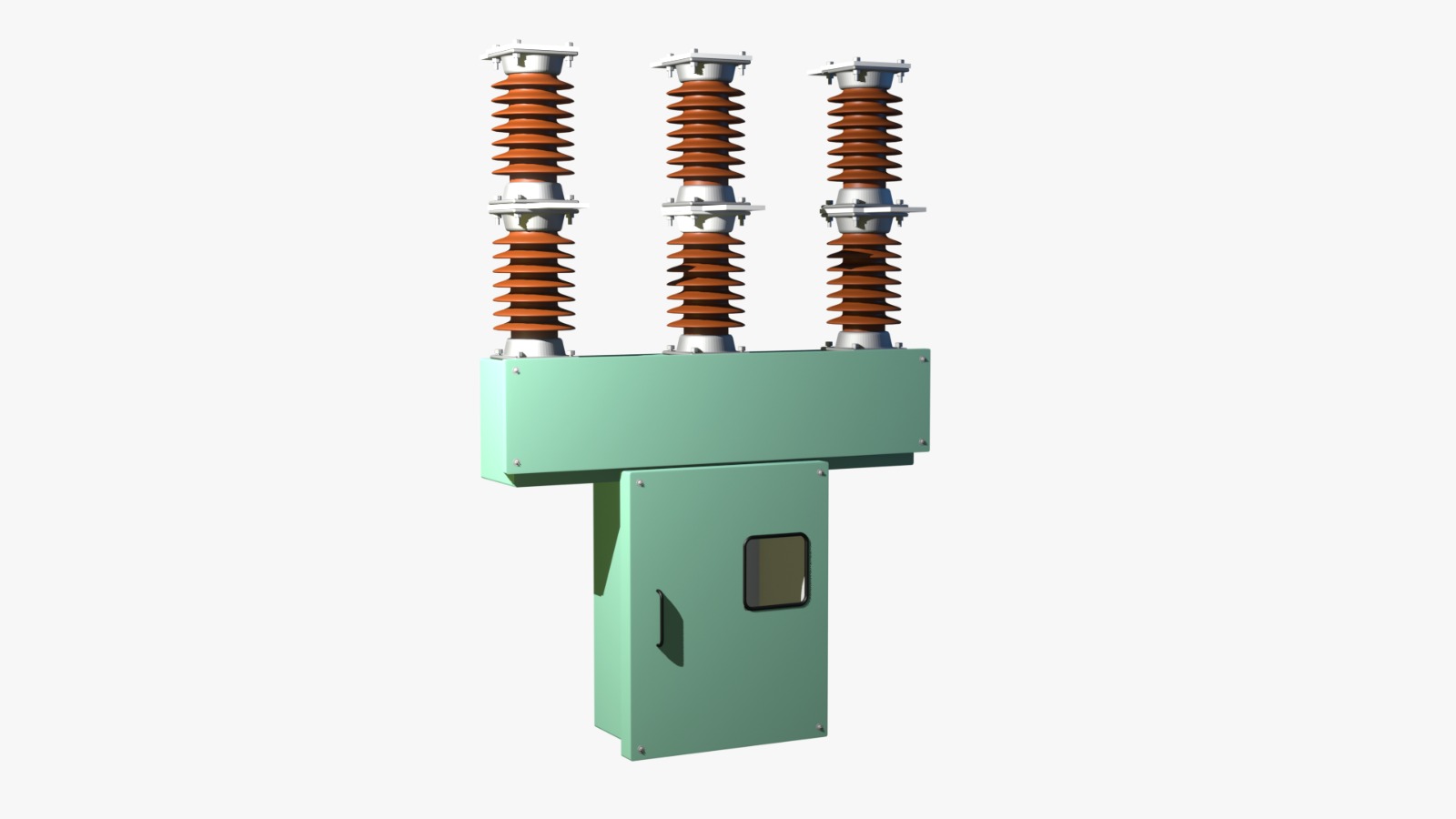Introduction to Vacuum Circuit Breakers
A vacuum circuit breaker is a key electrical device designed to interrupt current flow and protect electrical systems from faults. Unlike traditional breakers, a Vacuum circuit breaker extinguishes the arc in a vacuum chamber, making it more efficient and reliable. In modern power networks, especially smart grids, the vacuum circuit breaker plays a vital role in ensuring stability, safety, and seamless energy distribution.
How Vacuum Circuit Breakers Work
The operation of a vacuum circuit breaker is based on arc extinction within a vacuum. When a fault occurs, the vacuum circuit breaker opens its contacts, creating an arc between them. Since the vacuum has no ionized particles, the arc is quickly extinguished. This feature makes a vacuum circuit breaker more efficient compared to air or oil circuit breakers. The simplicity of its mechanism ensures long operational life and minimal maintenance.
Advantages of Using Vacuum Circuit Breakers
A vacuum circuit breaker offers several advantages for both utilities and industries. It provides high reliability, long service life, and minimal maintenance. Since no gas or oil is used, the vacuum circuit breaker is environmentally friendly and safe to operate. Its compact design and excellent switching performance make it ideal for smart grids, where automation and safety are top priorities. Additionally, a vacuum circuit breaker ensures quick recovery after fault clearing, supporting continuous power flow.
The Importance of Vacuum Circuit Breakers in Smart Grids
Smart grids rely on intelligent and automated components to manage power efficiently. A vacuum circuit breaker fits perfectly into this system due to its precision, responsiveness, and durability. It ensures fault isolation and quick recovery, maintaining system stability. In smart grids, where load management and real-time monitoring are crucial, the vacuum circuit breaker acts as a guardian of the network. By minimizing downtime and preventing equipment damage, a vacuum circuit breaker enhances the reliability of the entire power infrastructure.
Integration of Vacuum Circuit Breakers with Automation Systems
One of the main goals of smart grids is automation. A vacuum circuit breaker can be integrated with intelligent electronic devices (IEDs) and control systems to support automated fault detection and switching. Through communication protocols like SCADA, a vacuum circuit breaker can be remotely monitored and controlled, providing real-time data for operators. This integration improves grid visibility, enhances response times, and reduces manual intervention.
Environmental Benefits of Vacuum Circuit Breakers
Unlike traditional oil or SF6 gas circuit breakers, a vacuum circuit breaker does not release harmful gases or residues into the environment. Its arc-quenching mechanism in a vacuum ensures zero emissions, making it a sustainable choice for power systems. As the world transitions to cleaner energy solutions, the vacuum circuit breaker supports the goal of reducing carbon footprints while maintaining operational excellence.
Reliability and Maintenance in Vacuum Circuit Breakers
The vacuum circuit breaker is known for its low maintenance requirements. With sealed vacuum interrupters, there is no need for frequent servicing or replacement of parts. This enhances reliability and reduces operational costs for utilities. Over time, a vacuum circuit breaker maintains consistent performance, even after thousands of operations. Its durability makes it ideal for both high-voltage and medium-voltage applications in smart grids.
Role of Vacuum Circuit Breakers in Power Distribution
In power distribution networks, a vacuum circuit breaker ensures smooth and uninterrupted electricity supply. It isolates faulty sections without affecting the rest of the system, thereby maintaining stability. Whether used in substations, industrial plants, or renewable energy systems, the vacuum circuit breaker provides reliable fault protection. Its ability to handle high current interruptions makes it indispensable for modern electrical infrastructures.
Technological Advancements in Vacuum Circuit Breakers
Modern vacuum circuit breaker designs incorporate smart sensors, predictive maintenance algorithms, and IoT connectivity. These advancements allow operators to analyze breaker performance, predict potential failures, and schedule maintenance proactively. The integration of digital technologies has transformed the vacuum circuit breaker into a smart device capable of communicating with the entire grid ecosystem.
Applications of Vacuum Circuit Breakers in Various Sectors
The vacuum circuit breaker is widely used across multiple industries, including utilities, manufacturing, mining, and transportation. In renewable energy systems like wind and solar farms, the vacuum circuit breaker protects electrical components from overloads and short circuits. In industrial setups, it ensures operational safety and system reliability. The versatility of a vacuum circuit breaker makes it a preferred choice across sectors.
Future of Vacuum Circuit Breakers in Smart Energy Systems
As power grids become more digital and interconnected, the demand for efficient protection devices will continue to grow. The vacuum circuit breaker will remain central to this evolution, offering reliable switching and protection capabilities. Innovations in materials and digital control will further enhance the performance of the vacuum circuit breaker, ensuring it meets the demands of future smart energy systems.
Conclusion
The vacuum circuit breaker is not just an electrical component but a cornerstone of modern power systems. In smart grids, it ensures efficient operation, environmental sustainability, and system reliability. With continuous technological improvements, the vacuum circuit breaker will continue to play a crucial role in shaping the future of intelligent energy networks.





